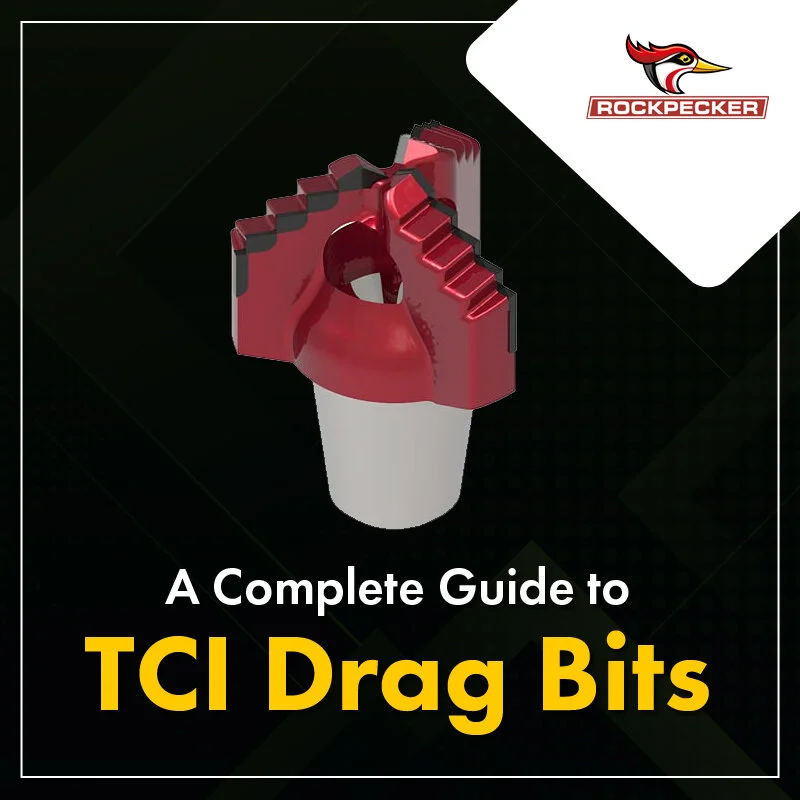A Full-Fledged Guide to TCI Drag Bits
/All types of drilling industries have a great scope for drag bits. From environmental, exploration, and geothermal drilling to natural gas and oilfield drilling, drag bits fit in well in almost every drilling application, however, they deliver the best performance in formations that are rather soft and unconsolidated – clays, shale, and soft limestone, for instance.
Drag bits are usually available in two styles – step drag bits & chevron drag bits, both being in great demand not just in the UK but in drilling industries across the globe. Let us take a quick look at the major points of difference between the two.
A step drag bit is known to have a more aggressive cutting structure than its counterpart and thus, produces larger cuttings with a higher ROP. Not to forget, this makes the step drag bit less durable. Step drag bits produce the best results in softer formations such as sands and clays when the rotary table speeds are maintained between 60 and 80 rpm.
As far as the chevron drag bits are concerned, they offer great results in more abrasive formations including but not limited to sandstones and shales. Even though the cutting structure of a chevron-type drag bit is way more durable than the former, the penetration speed is rather less. For it to offer the best drilling results, the rotary table speeds should be maintained between 50 and 60 rpm.
Rockpecker is known for offering the best TCI drag bits in the UK. Our PDC drill bits are usually equipped with hardened alloy steel base material, high performance PDC cutters, gauge protection, carbide and diamond, and threaded or plain carbide nozzles for flushing. Feel free to browse through the website to the check out our exclusive range of products and contact us in case of a query. We ship worldwide.
Reach out to us by writing to us at bits@rockpecker.com.



